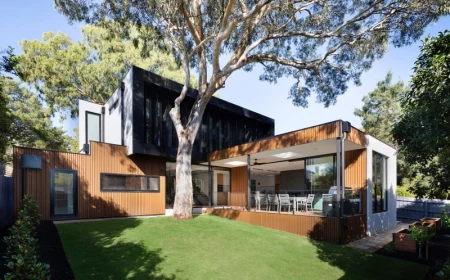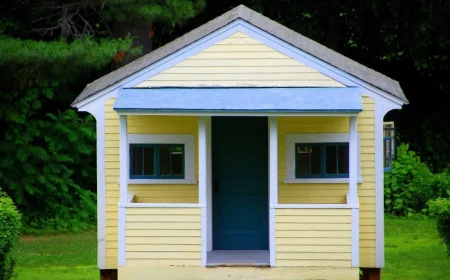Why Those ‘Ugly’ Concrete Buildings Are Actually Architectural Masterpieces
I’ve spent a lot of time around those massive, imposing concrete buildings you see in cities and on university campuses. You know the ones. The first thing you absolutely have to do is touch them. Seriously. Go run your hand over a wall of a place like London’s National Theatre, and you can literally feel the grain of the wood that was used to build it decades ago. It’s this incredibly direct, honest connection to the moment it was made.
In this article
- So, What Am I Even Looking At? A Quick Spotter’s Guide
- Reading the Concrete: How to See the Hidden Details
- Why Concrete Was King
- The Art of the Build: More Than Just Pouring Concrete
- Global Flavors: Where to See Them in the Wild
- Living with Concrete: The Reality of Preservation
- A Complicated Legacy We’re Learning to Love Again
- Inspiration Gallery
A lot of people walk by these structures and just see cold, grey fortresses. And to be honest, I get it. But I see an entire architectural language, born from a desire for a fresh start, with a unique philosophy and some fascinating construction challenges.
The name itself throws people off. Brutalism doesn’t come from the word ‘brutal,’ though some designs might feel that way. It’s from the French phrase béton brut, which just means ‘raw concrete.’ The whole idea was to show the materials of a building as they truly are. So, if you’re ready to look past the surface, let’s get into what makes these buildings tick, how they were built, and the very real challenges of keeping them around for us to appreciate.
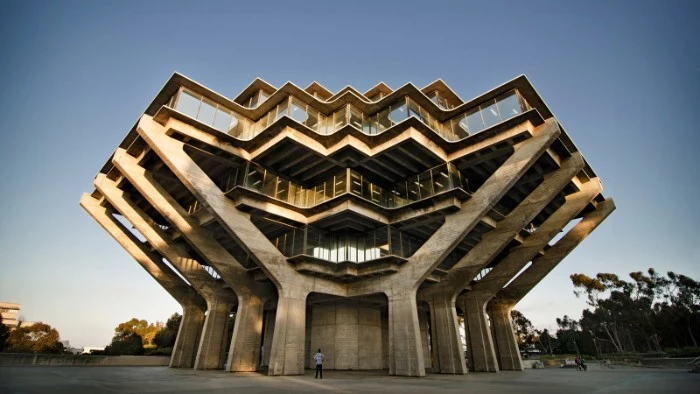
So, What Am I Even Looking At? A Quick Spotter’s Guide
Ever wonder if that strange-looking concrete building in your town is actually Brutalist? It’s a common question. Here’s a simple checklist you can use next time you’re out for a walk.
A building is likely part of this family if it has:
- Exposed Raw Concrete: This is the big one. The building isn’t hiding what it’s made of. There’s no paint, plaster, or fancy stone cladding covering up the concrete skeleton.
- A ‘Blocky’ or ‘Chunky’ Look: These buildings often have a heavy, massive feeling. They look like they were built from large, functional modules stacked together.
- The Form Reveals the Function: You can almost read the building from the outside. A big, window-heavy section sticking out on the top floor? That’s probably a library’s reading room. A solid, windowless block below? Most likely book stacks or archives.
- Unusual, Sculptural Shapes: Despite being blocky, the style often features dramatic, sculptural forms like daring overhangs (cantilevers), top-heavy designs, and unique geometric patterns.

Reading the Concrete: How to See the Hidden Details
Okay, so you’ve found a potential candidate. The real magic is in getting up close. One of the signature techniques of this style is called board-forming, and it’s basically a fossil record of the construction process. Here’s how to spot true béton brut:
- Look for Wood Grain: Get close to the wall. Can you see the faint texture of wood planks? That’s because the wet concrete was poured into a mold made of rough-sawn timber, and it picked up every detail.
- Find the Tie-Holes: Notice those little circular dimples, often arranged in a grid pattern? Those are tie-holes. They mark the spots where bolts held the wooden formwork together during the pour. They are a deliberate part of the final look.
- Notice the Panel Lines: You can often see vertical or horizontal lines that show where one formwork panel ended and another began. The designers didn’t hide these seams; they embraced them as part of the building’s honest texture.
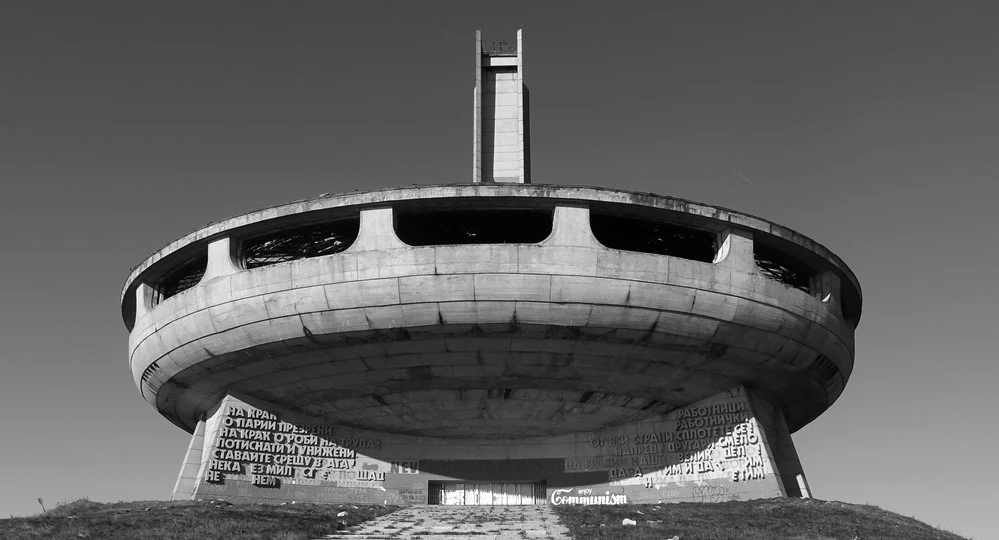
Why Concrete Was King
This architectural movement would be nothing without reinforced concrete. It was the perfect material for the philosophy—it’s moldable, strong, and was relatively affordable for large-scale public projects. But it’s a bit more complex than just pouring grey sludge.
On its own, concrete is fantastic when you squeeze it (compression) but terrible when you pull it (tension). That’s where steel reinforcing bars, or ‘rebar,’ come in. By embedding a cage of steel rebar inside the concrete, you get the best of both worlds. The concrete handles the squeezing forces, and the steel handles the pulling forces. This powerful partnership is what allows for those huge, open spans and dramatic shapes that define the style.
By the way, the final look of the concrete is all about the ‘mix’ and the ‘pour.’ The mix is a precise recipe of cement, water, sand, and an aggregate like gravel. The color of the local sand and stone had a massive impact on the building’s final shade. An expert would carefully specify these ingredients to get just the right look. The pouring and hardening (curing) process is a sensitive chemical reaction, not just ‘drying.’ If it cures too fast on a hot day, it can crack and weaken. Old-school crews had to cover fresh pours with wet burlap to control the process, a trick that’s still used today.
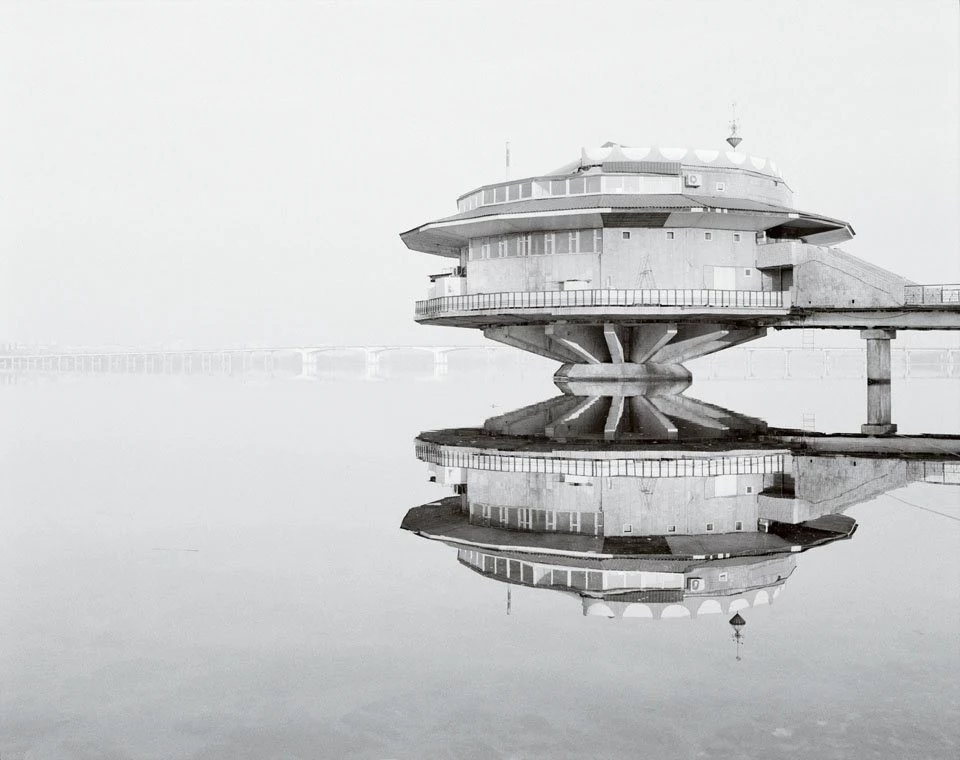
The Art of the Build: More Than Just Pouring Concrete
The unsung hero of any Brutalist building is the formwork—the temporary wooden mold that held the wet concrete in place. A structural engineer I once knew, who worked on these projects back in their heyday, called formwork design “the hidden architecture,” and he was spot-on.
The designers didn’t just design the building; they often designed the very pattern of the boards that would make the mold. Building these molds was a job for highly skilled carpenters. If the joints weren’t perfectly tight, a cement slurry would leak out, leaving a weak, gravelly patch called ‘honeycombing.’ This isn’t just ugly; it can expose the rebar to moisture and lead to decay down the line.
And then there’s the pressure. Good to know: A single cubic meter of wet concrete weighs about 5,300 pounds. I’ve seen photos from old job sites where poorly built formwork burst, spilling tons of concrete. It’s a dangerous and costly mistake. To prevent that and ensure a solid final product, workers use long vibrating probes to settle the mix and release trapped air bubbles. It’s a delicate balance that requires a real feel for the material.
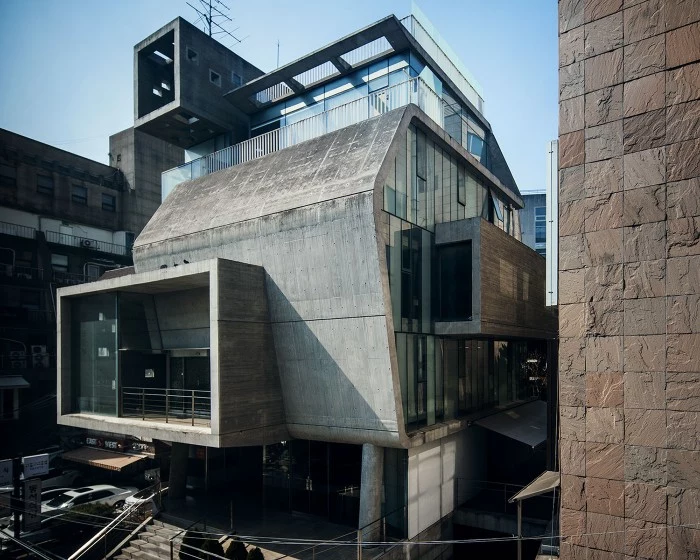
Global Flavors: Where to See Them in the Wild
While the principles are similar, the style looks different all over the world, shaped by local climate and culture. Here are a few key variations and some iconic places you can actually visit.
- Western Europe: This is where it all began, often tied to social renewal. Think vast housing estates and new university campuses. The damp, grey climate has unfortunately led to dark staining on many buildings, which hasn’t helped their reputation. A prime example to visit is the Barbican Estate in London, a complete, self-contained world with elevated walkways.
- North America: Here, the style was more about projecting power and permanence for government and cultural institutions. The scale is often enormous and the forms aggressive. You can’t miss the powerful, muscular statement of Boston City Hall, or the incredible modular experiment of Habitat 67 in Montreal, which looks like a futuristic hillside village made of concrete blocks.
- Socialist Modernism: In the former Eastern Bloc and Yugoslavia, the state used this style to project a powerful, futuristic vision. This led to some incredibly experimental and abstract creations, especially the Yugoslavian war memorials known as spomeniks. Scattered across the Balkans, they are some of the most fantastical concrete sculptures ever built—pure symbolic art.
- Tropical Brutalism: In hot climates like Brazil, India, and Mexico, architects had to adapt. Solid concrete boxes would be ovens. So they developed a lighter, more open version using deep overhangs for shade and intricate concrete screens, called brise-soleil, to block the sun while letting air flow through. This shows just how versatile the ‘raw concrete’ idea could be.
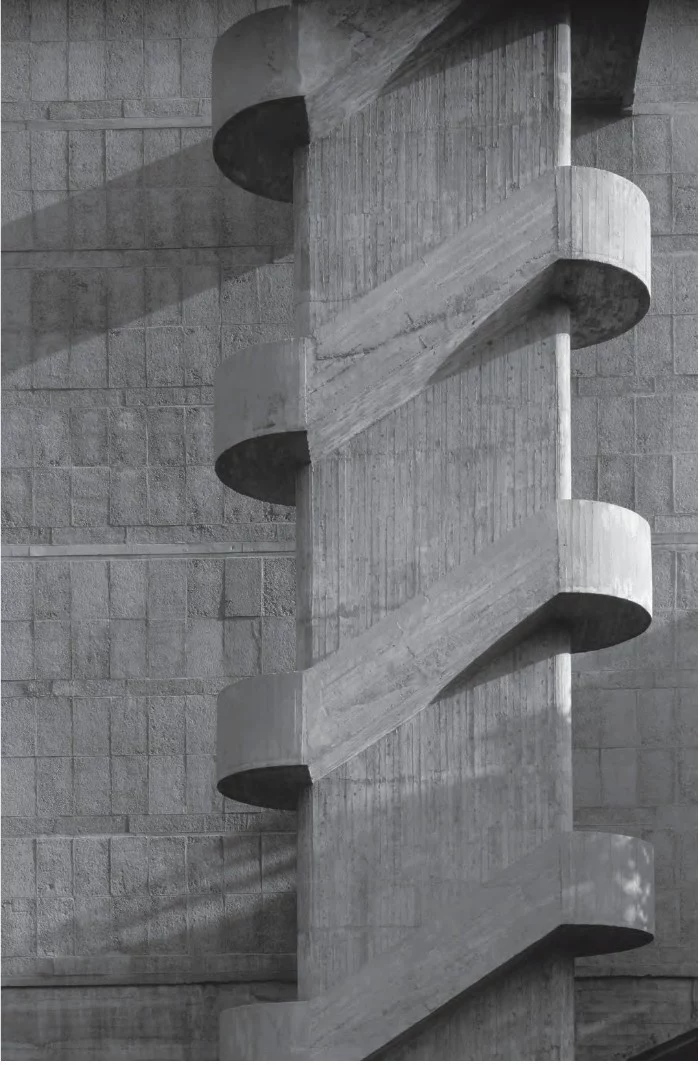
Living with Concrete: The Reality of Preservation
Owning or managing one of these buildings today is a serious challenge. They are now old enough to have real problems, and fixing them requires specialized knowledge.
The number one enemy is water. It gets into tiny cracks, reaches the steel rebar, and causes it to rust. Rusting steel expands with incredible force, pushing off chunks of the surface concrete. This is called ‘spalling,’ and a piece of falling concrete from a tall building can be incredibly dangerous. Identifying and repairing spalling is always the top priority.
Heads up! A quick guide to maintenance:
- DIY-Friendly: You can gently wash the surface with a soft brush and plain water to remove surface grime and biological growth. This is a safe first step to brightening up a stained facade.
- Call a Pro: For everything else. This includes any kind of chemical cleaning, crack injection, or spalling repair. Trying to patch concrete without professional experience often makes the problem worse and looks terrible.
When it comes to cost, a small, straightforward patch repair might cost between $500 and $1,500. But if you have widespread issues across a large facade… well, you could easily be looking at tens or even hundreds of thousands of dollars for a proper restoration. It’s not a cheap fix.
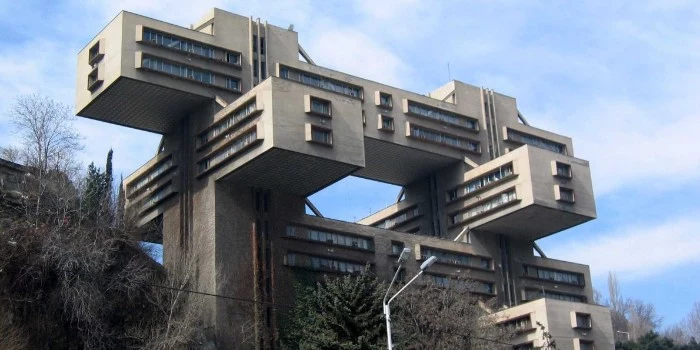
CRITICAL SAFETY WARNING: Many buildings from this era contain hazardous materials. Asbestos was common in fireproofing and tiles, and lead was in paint. Before you do any repair or renovation work, you must assume these materials are present and get a certified professional to test for them. This is a non-negotiable step for legal and health reasons.
A Complicated Legacy We’re Learning to Love Again
Let’s be real: Brutalist buildings have always been controversial. From the day they opened, people have called them alienating and ugly. And some of those criticisms are fair. Certain large-scale projects failed socially, feeling oppressive to the people who had to live and work in them.
But after decades of neglect, the tide is turning. A new generation is looking at these structures and seeing their raw power, honest materials, and the sheer ambition behind them. They are a physical record of a time when people believed that bold design could genuinely build a better world. It’s a confidence and an unapologetic presence that’s often missing from today’s architecture.

Preserving the best of these buildings isn’t just about saving old concrete. It’s about holding onto a complex, challenging, and important chapter of our story.
Your turn! I challenge you to go find a Brutalist or raw concrete building in your area. Get up close, take a picture of the texture—the wood grain, the tie-holes—and share it online. It’s a great way to start seeing your own city with fresh eyes.
And if you want to go further down the rabbit hole, look for that big, blue book called SOS Brutalism—it’s an incredible photographic archive. You can also find fantastic documentaries on the topic on most streaming services, or just search hashtags like
Brutalism or
BétonBrut on social media to see amazing examples from around the world.
Inspiration Gallery
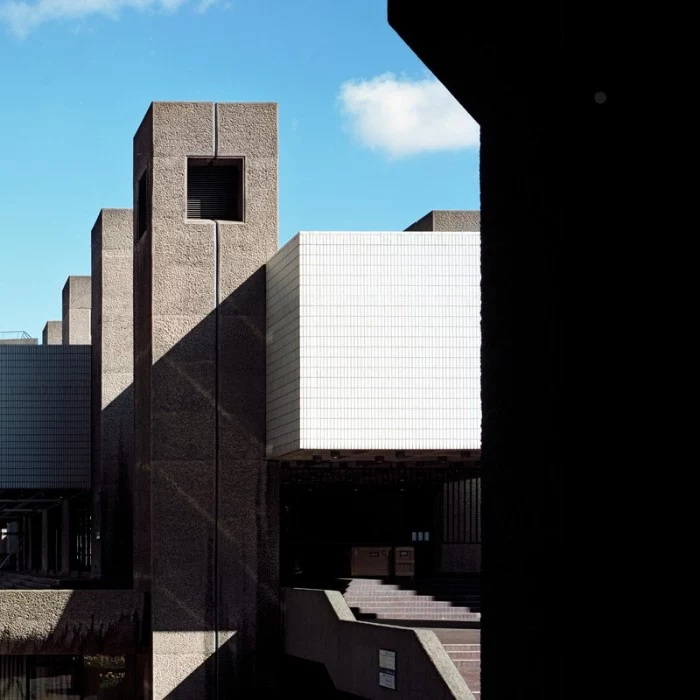
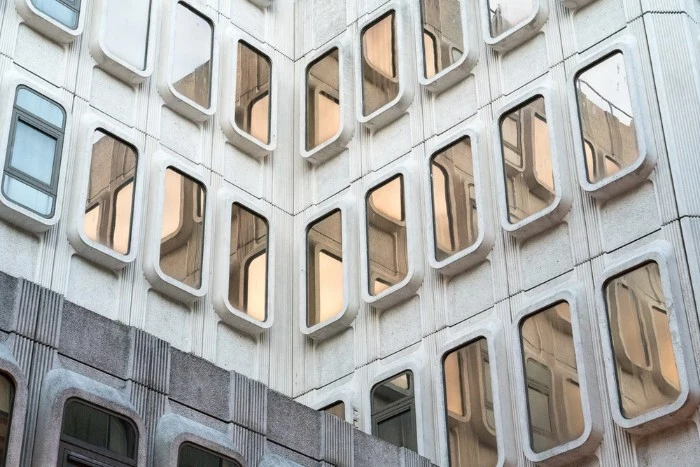
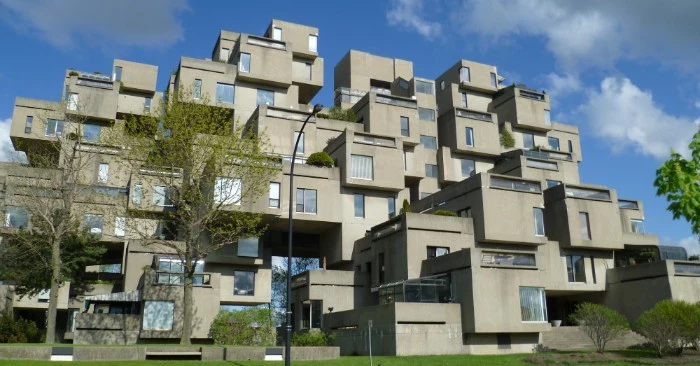
Beyond the grey, many Brutalist architects saw concrete as a canvas for social good. Post-war, it was the material of choice for ambitious public projects: social housing, universities, and civic centers. Buildings like London’s Alexandra Road Estate were designed not as imposing blocks, but as integrated communities with a utopian vision of modern life for everyone.
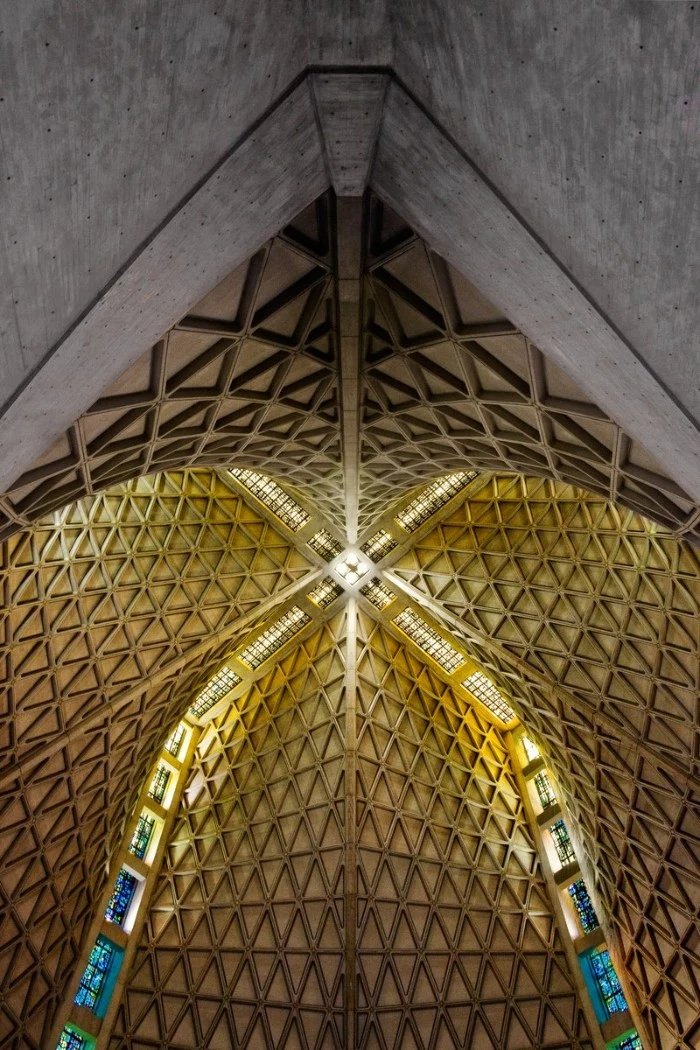


The term ‘New Brutalism’ was coined not to describe an aesthetic, but an ethic. Architects Alison and Peter Smithson used it to champion an architecture of uncompromising honesty in its structure, materials, and purpose.

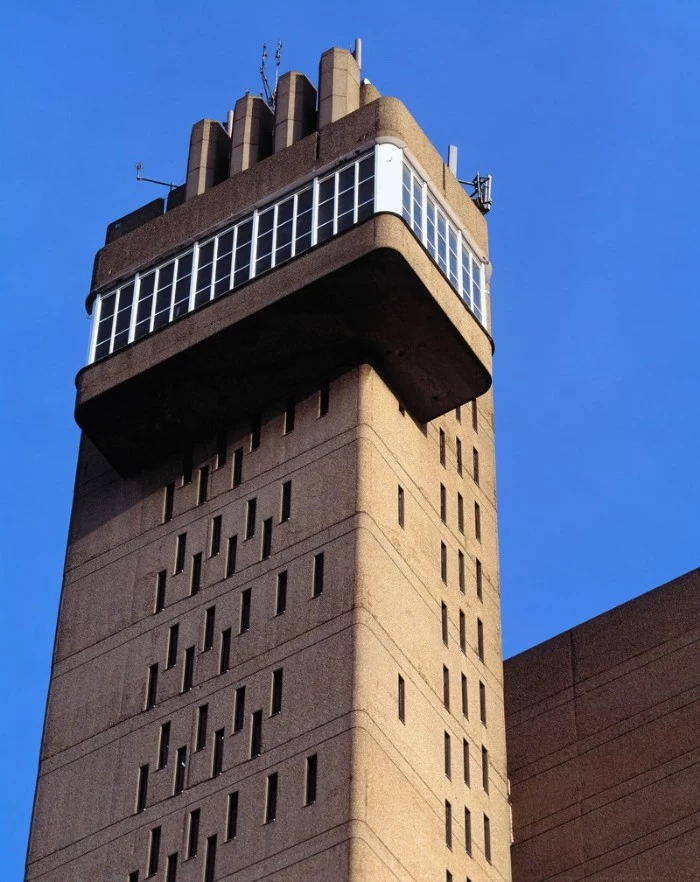
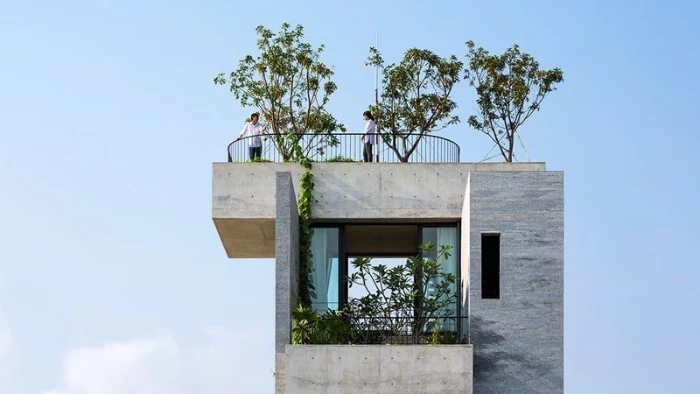
Want to capture that perfect, dramatic shot of a Brutalist icon?
Light is your best tool. Plan your visit for early morning or late afternoon when the low sun casts long, deep shadows that accentuate the building’s sculptural forms. Don’t just shoot the whole structure; get close and focus on the textures, the geometric patterns of windows, or the powerful lines of a single concrete beam.
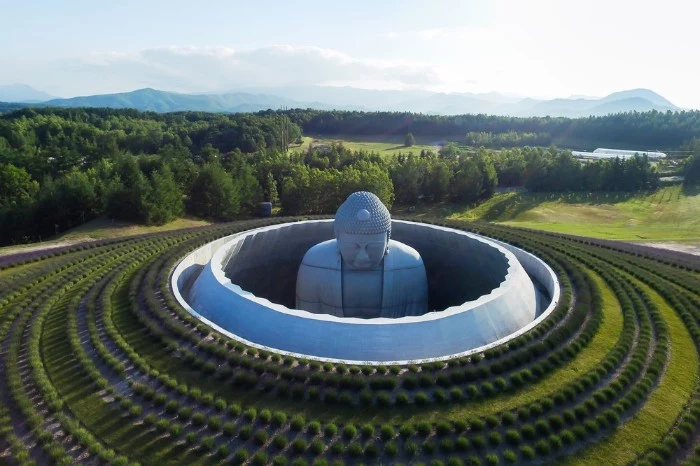

Board-Formed Concrete: The signature texture you can feel on buildings like the National Theatre is no accident. It’s called ‘board-formed’ or béton brut. Liquid concrete was poured into molds made of wooden planks. When the molds were removed, the grain, knots, and seams of the wood were permanently imprinted on the concrete’s surface, creating a fossil of its own construction.
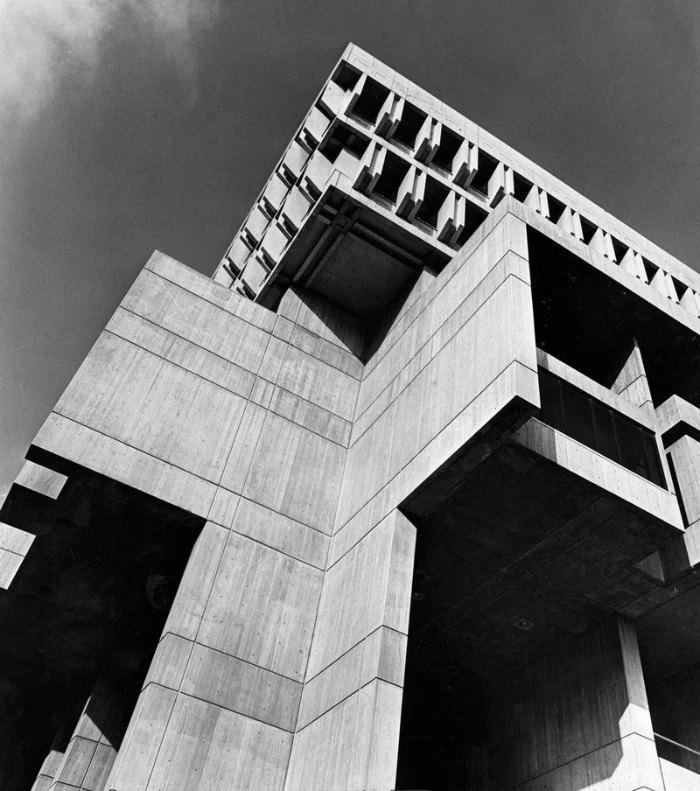
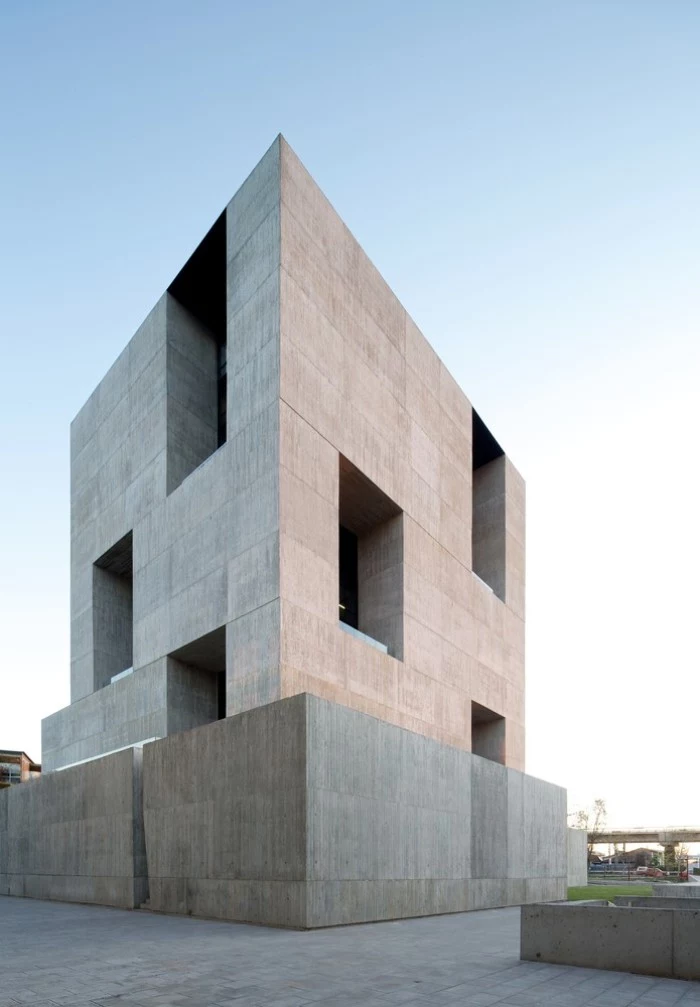

- Dramatic shadows that change with the sun.
- A powerful sense of weight and permanence.
- A breathtaking feeling of human scale against massive forms.
The secret to these sensations? It’s the ‘plasticity’ of concrete. The material allowed architects to create deep recesses, daring overhangs, and complex facades that play with light in a way that flat glass or brick walls simply cannot.



The raw, powerful aesthetic of Brutalism has found a new home in digital worlds. The ‘Oldest House’ in the video game Control is a direct homage to the style, with its shifting concrete monoliths. Similarly, the stark, imposing sets of films like Blade Runner 2049 and Dune borrow heavily from Brutalist principles to create their futuristic, awe-inspiring atmospheres.
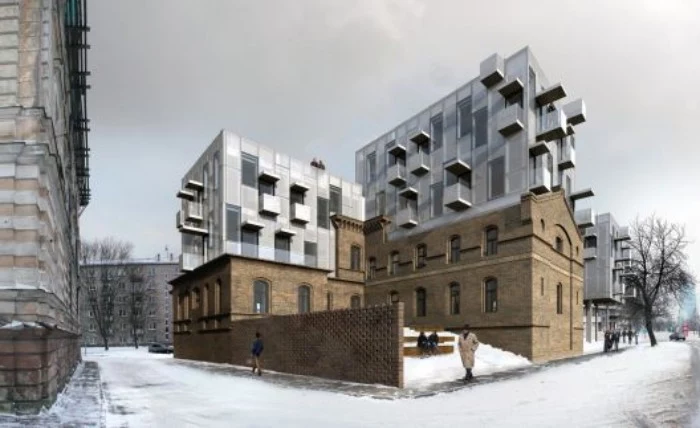
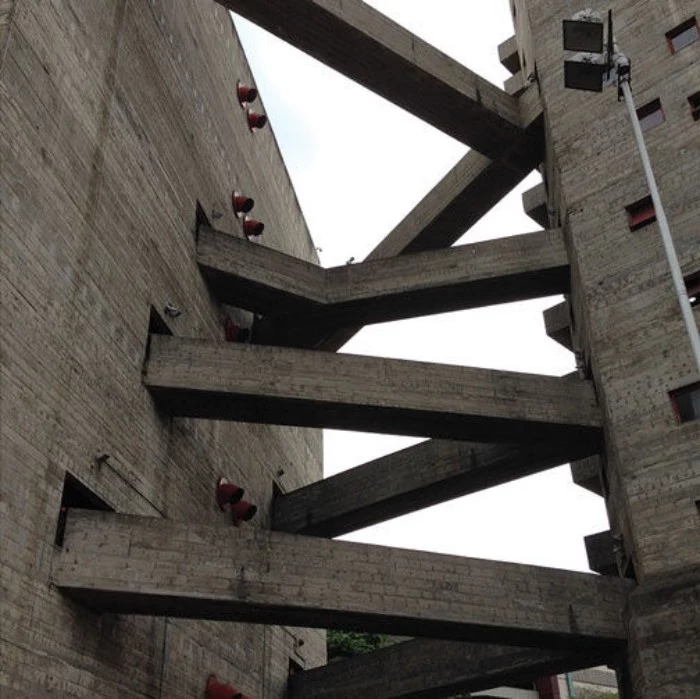
Brutalism at Home: You don’t need a concrete mixer to get the look. Brands like Bauwerk Colour offer limewash paints that create a soft, mottled, concrete-like texture. For surfaces, consider a microcement finish on a countertop or floor.The Easiest Entry Point: A simple, heavy-set concrete planter for a lush houseplant like a Fiddle Leaf Fig.
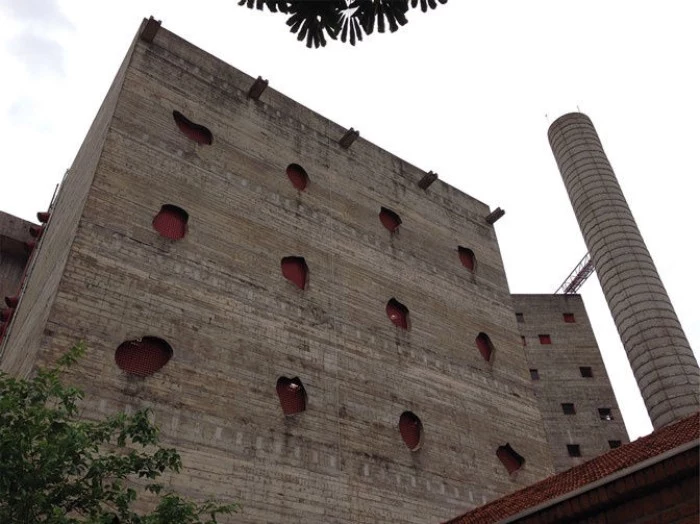
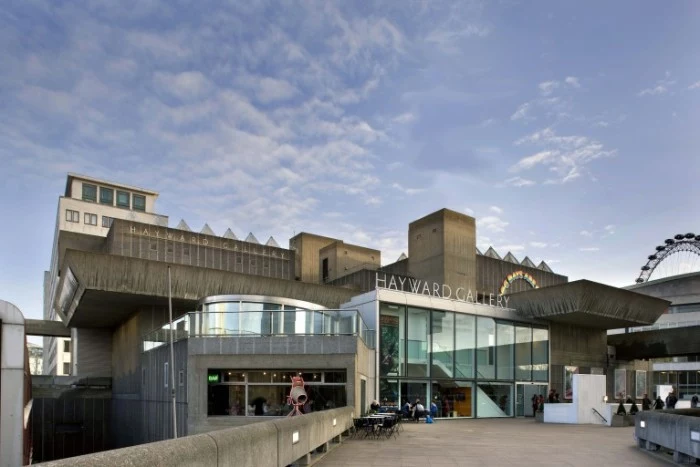
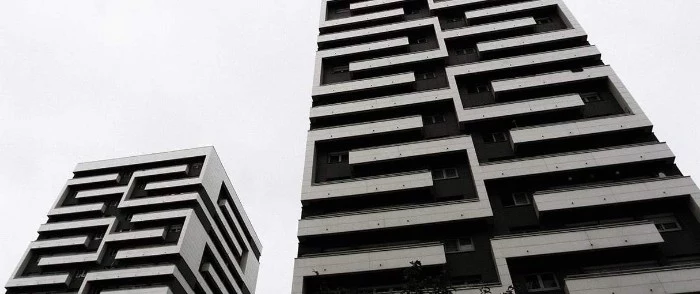
Concrete is responsible for about 8% of the world’s CO2 emissions.
This staggering fact lies at the heart of the preservation debate. While demolishing a Brutalist building is often framed as an aesthetic choice, constructing a new one in its place comes with a significant environmental cost. Preservationists argue that retrofitting and reusing these structures is the far more sustainable option.
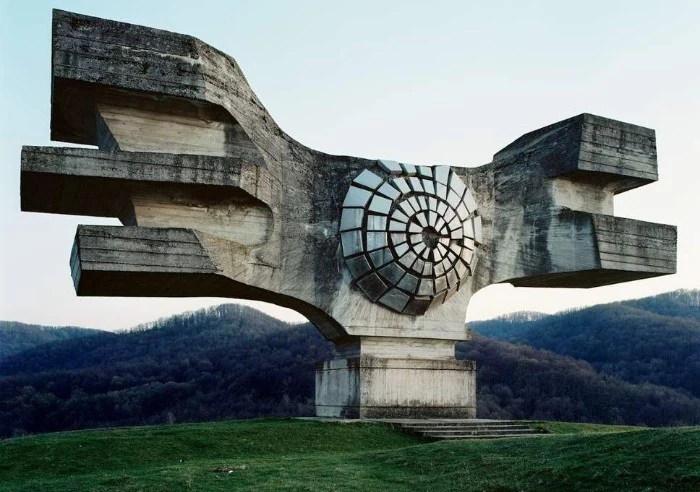

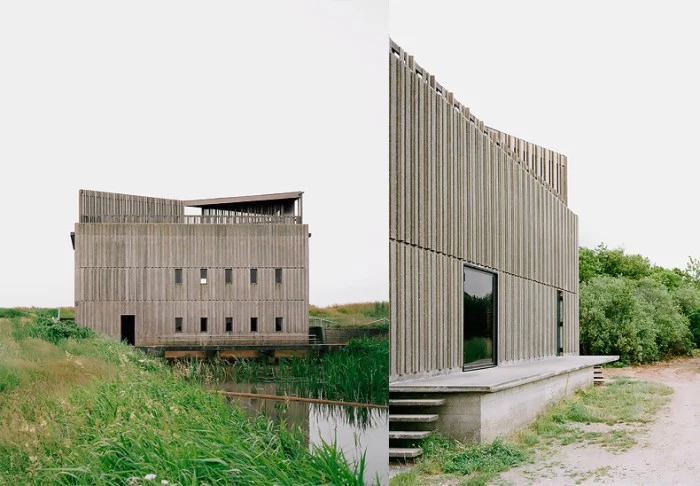
Why are so many university campuses full of Brutalist buildings?
It was a perfect storm of timing and ideology. The post-war era saw a massive expansion of higher education. Brutalism was relatively fast and affordable to build on a large scale, and its aesthetic—seen as solid, progressive, and honest—was thought to reflect the noble, forward-thinking purpose of a modern university.
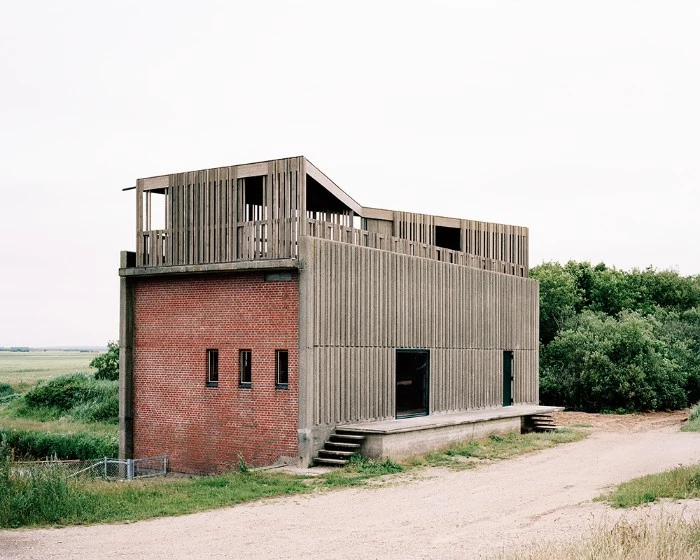
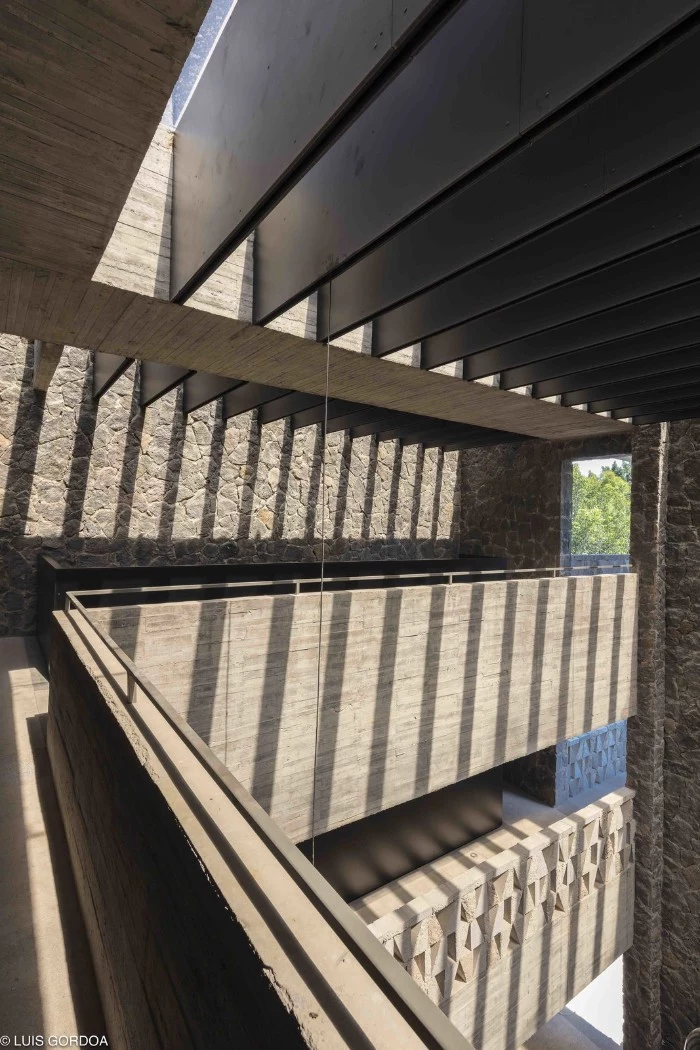
Boston City Hall: A prime example of the love/hate relationship with Brutalism. Architects consistently rank it as one of America’s greatest buildings, while many citizens have long considered it an eyesore and called for its demolition.
Trellick Tower, London: Once nicknamed the ‘Tower of Terror,’ its reputation has completely flipped. Today, Ernő Goldfinger’s creation is a desirable, Grade II* listed address, proving public perception can dramatically change over time.

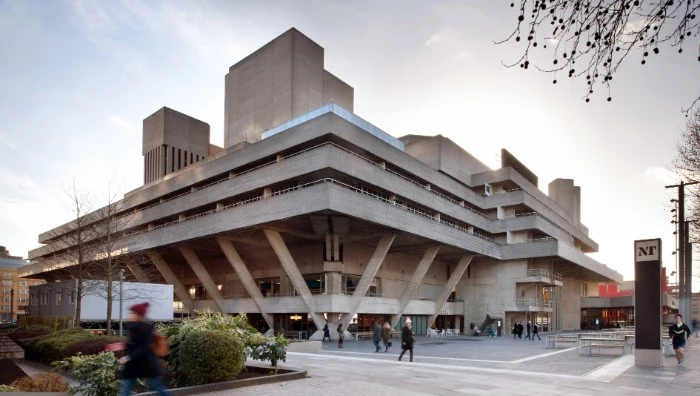
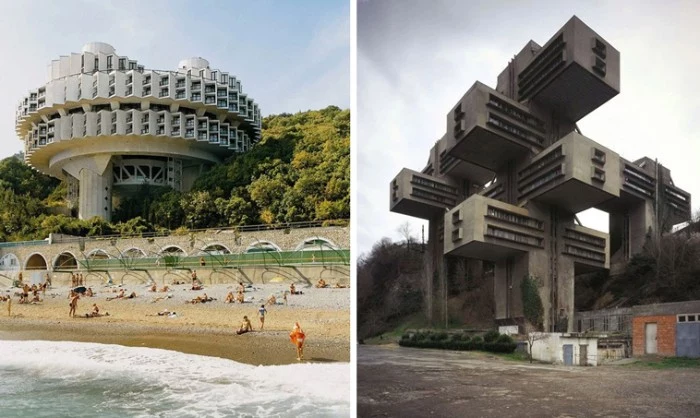
Listen closely next time you’re inside a building like the Barbican. The sheer mass of the concrete walls creates a unique acoustic environment. It insulates from the city’s chaos, creating pockets of surprising quiet. The sound inside doesn’t echo endlessly but has a muted, absorbed quality, a sensation as distinct as the building’s visual texture.
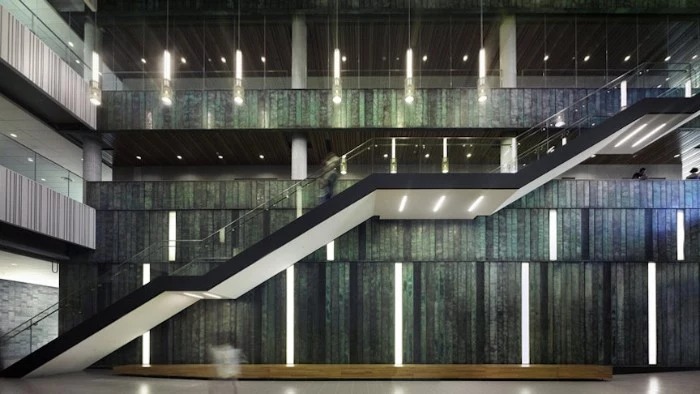

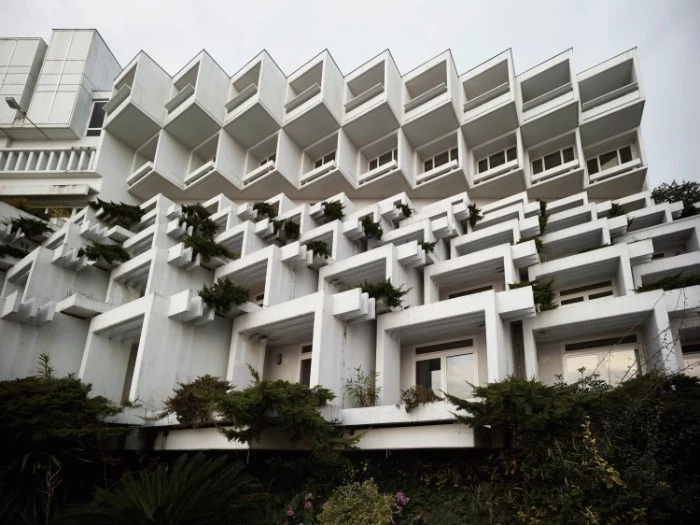
A common pitfall for these structures is ‘concrete cancer,’ or spalling. It happens when the internal steel reinforcements are exposed to air and water, causing them to rust and expand. This forces the concrete to flake and crack from within. Telltale signs include rust-colored stains weeping down a facade and visible cracks around joints and edges.
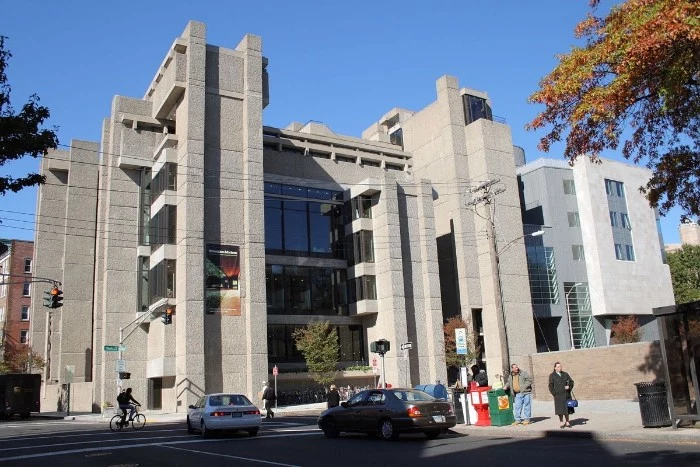
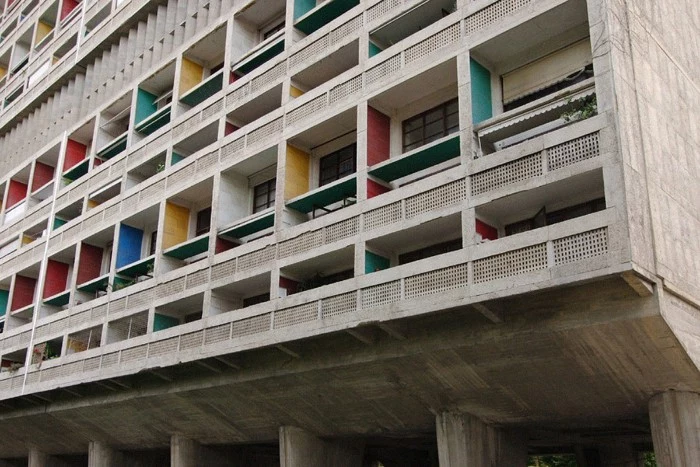

Don’t assume all Brutalism is grey. In Brazil, architects like Lina Bo Bardi and Oscar Niemeyer pioneered ‘Tropical Brutalism.’
- They used vast, unfinished concrete forms to provide shade and channel breezes.
- Their designs heavily incorporate native plants, with gardens and trees spilling over concrete edges.
- This fusion of raw structure and lush nature creates a powerful dialogue between the built and natural environments.
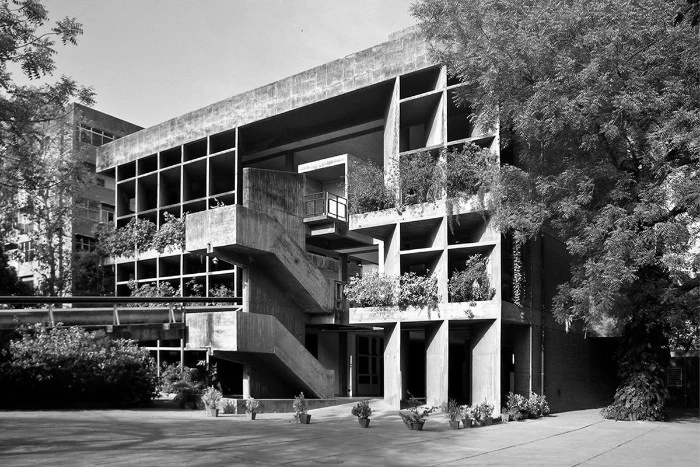
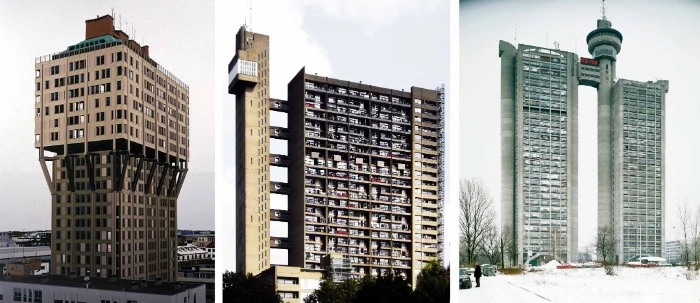
A Softer Concrete: Not all masters of concrete aimed for a rugged look. The Japanese architect Tadao Ando is famous for his exceptionally smooth, almost silken concrete walls. Achieved through high-quality craftsmanship and meticulous construction, his work at the Church of the Light or the Chichu Art Museum uses concrete to create spaces of serene minimalism and quiet contemplation.
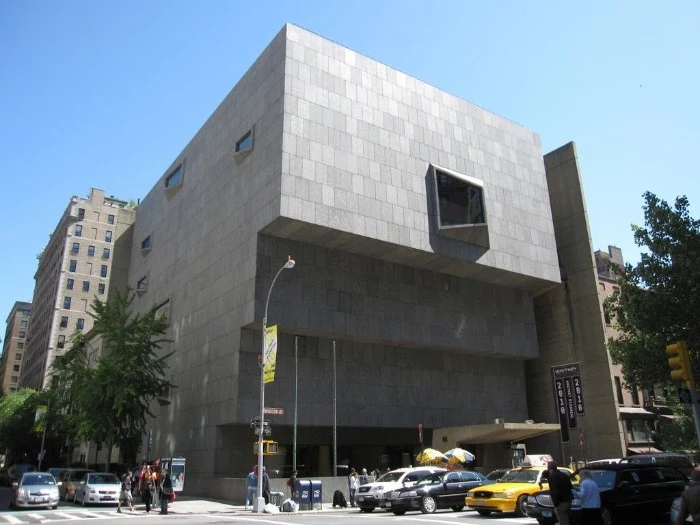
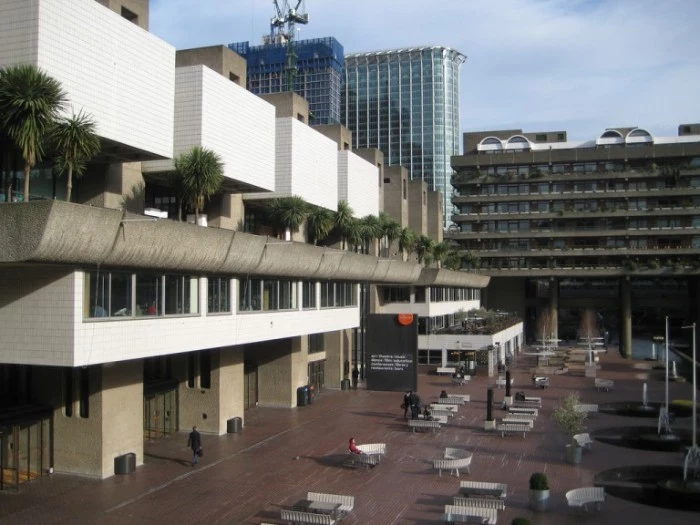
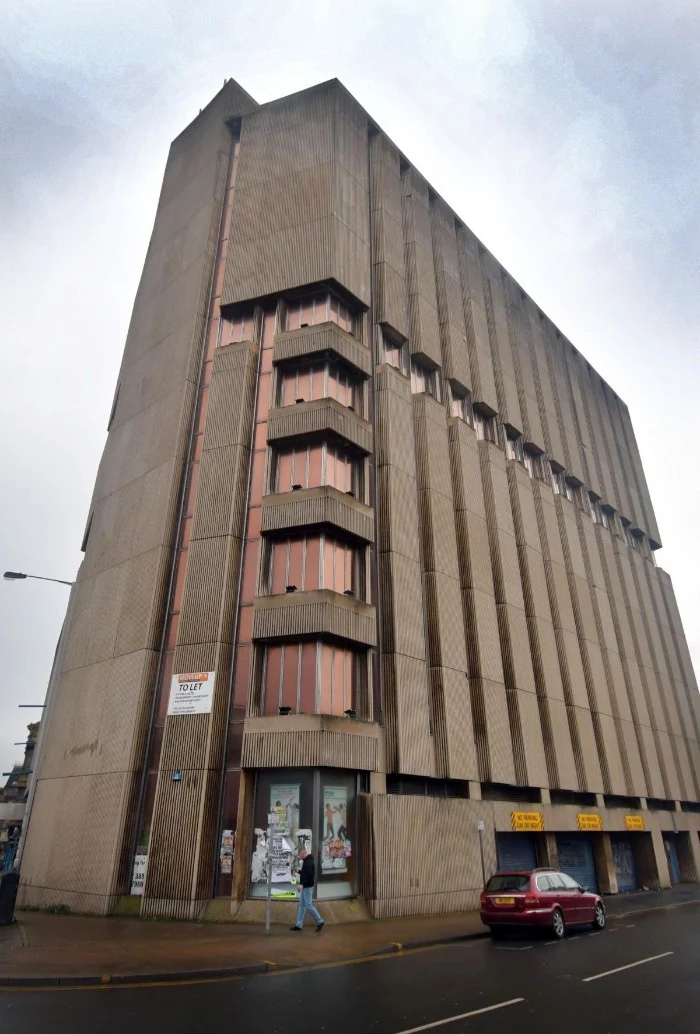
Can a Brutalist interior feel warm and inviting?
Absolutely. The raw, textured concrete walls provide a perfect neutral backdrop for rich, contrasting materials. Think of a deep velvet sofa, the warm tones of walnut or teak furniture from the same mid-century period, or a soft, high-pile wool rug. The contrast is what makes it work.
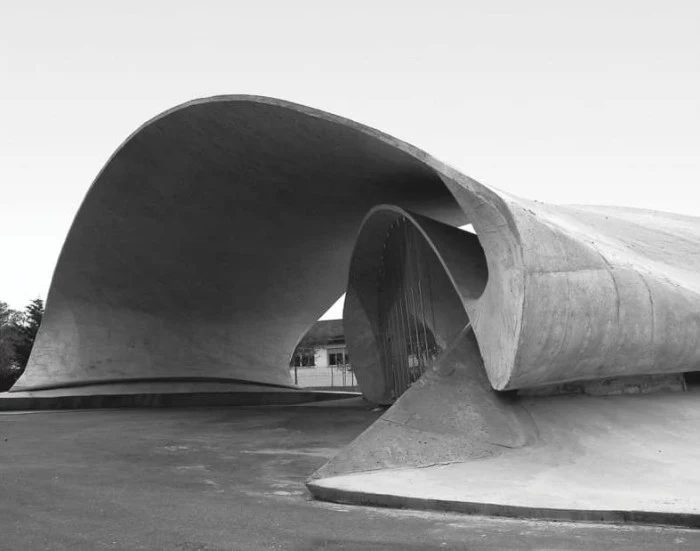
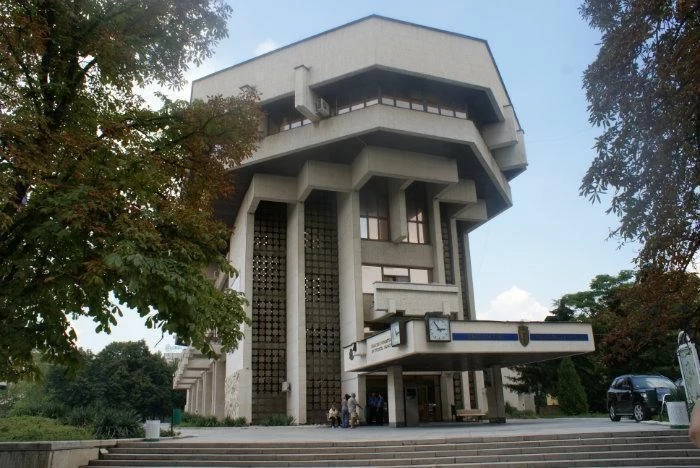
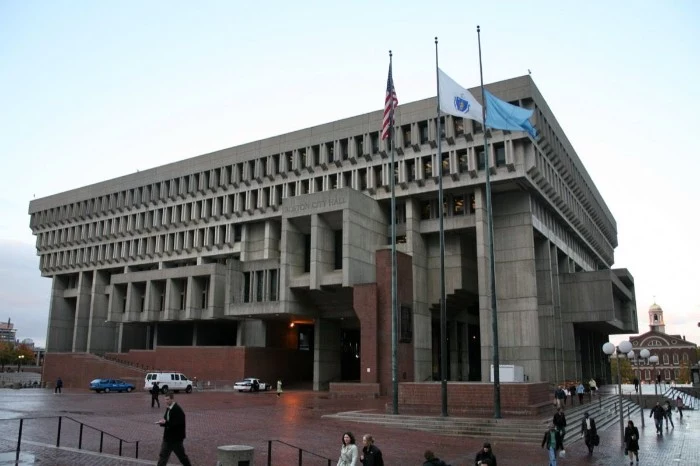
- The clever interlocking of its 354 prefabricated ‘boxes.’
- How nearly every apartment features a private rooftop garden on the unit below.
- The network of covered pedestrian walkways and bridges that connect the complex.
When visiting Moshe Safdie’s Habitat 67, these are the details that reveal its true genius. It wasn’t just about a striking look; it was a revolutionary experiment in modular, high-density urban living.
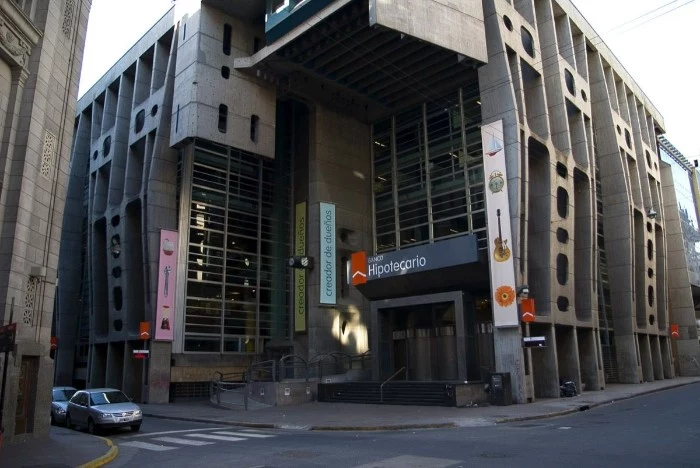
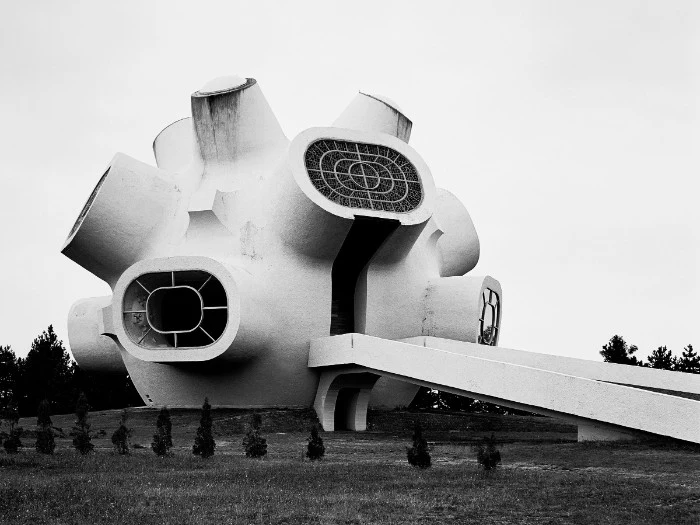
The style’s resurgence is powerfully driven by social media. Instagram accounts like @BrutGroup and @ThisBrutalHouse have become vast digital archives, introducing a new generation to the geometric beauty and photogenic power of these buildings. The hashtag #brutalism connects a global community of admirers, sharing finds from São Paulo to Skopje.
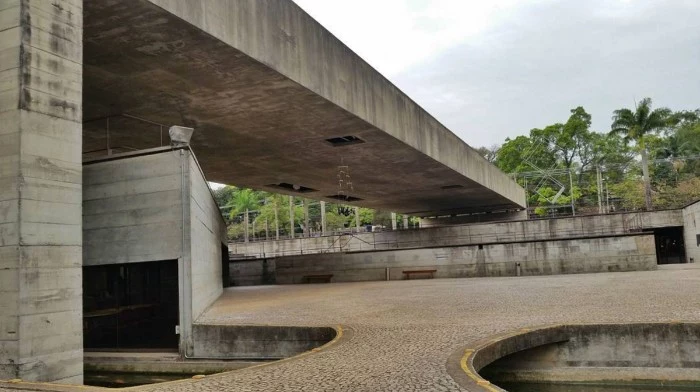
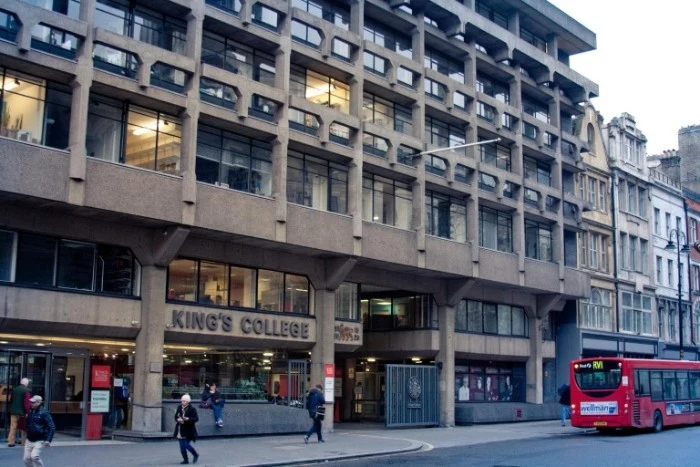
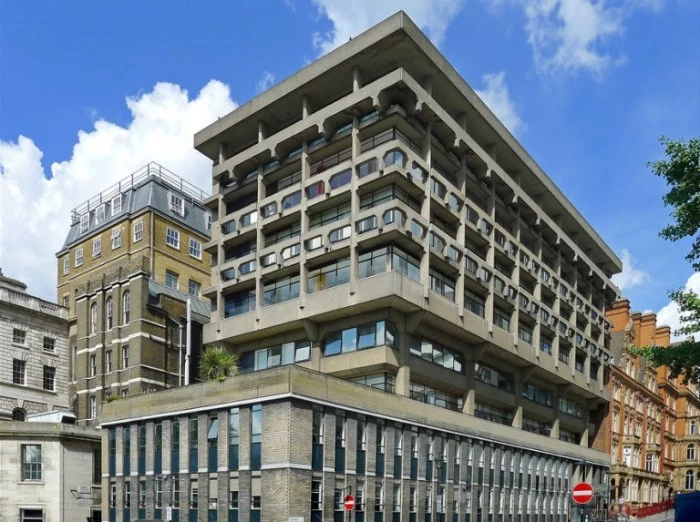
Brutalism vs. International Style: Though both are forms of Modernism, they are philosophically opposed. The International Style, seen in buildings like the Seagram Building, favors a lightweight, machine-like appearance with glass curtain walls and a sleek finish. Brutalism is its opposite: heavy, sculptural, and expressive, celebrating the weight and texture of its raw materials.

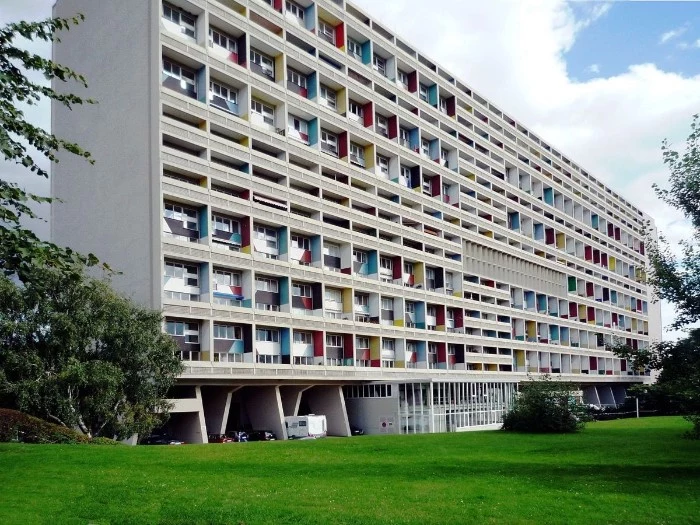
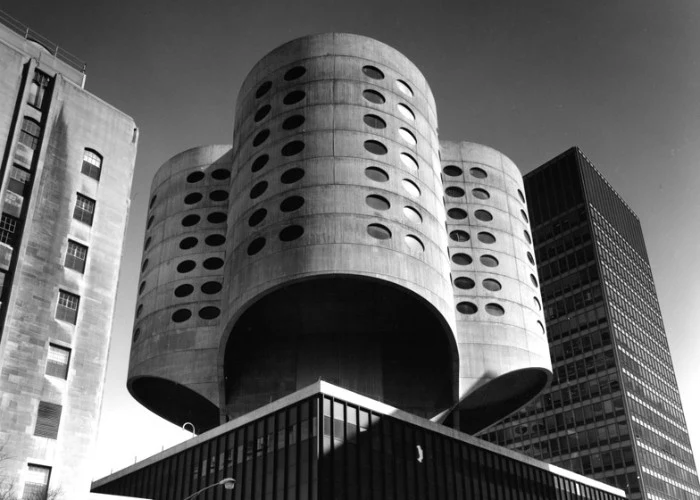
Important distinction: Don’t confuse Brutalism with Deconstructivism. While both can look jarring, Brutalism reveals its logic; you can see the structural skeleton. Deconstructivism, a later movement associated with architects like Zaha Hadid and Frank Gehry, is about intentionally fracturing and dislocating architectural elements to create a sense of controlled chaos.

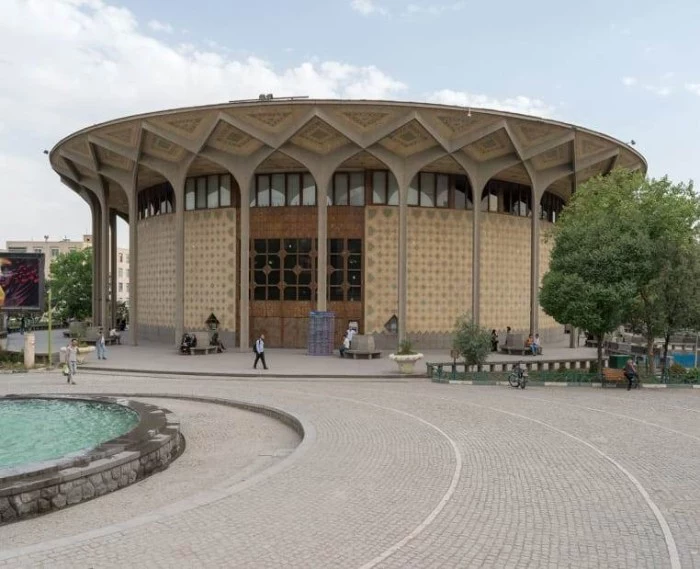
From sci-fi to spy thrillers, Brutalist buildings have become the default filming location for dystopias and imposing government headquarters. The monolithic forms of the Trellick Tower in London or the housing blocks of Parisian suburbs provide an instant cinematic shorthand for alienation, power, and overwhelming scale.

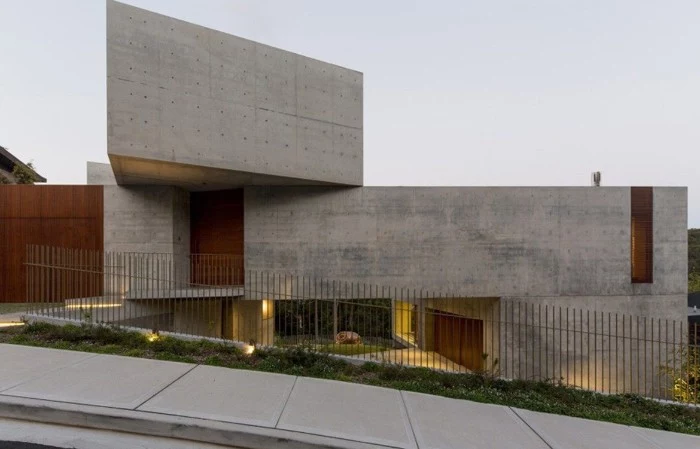

Many iconic Brutalist buildings feature surprising pops of color. Le Corbusier’s Unité d’Habitation in Marseille uses a palette of primary colors—red, yellow, blue—on the inner walls of its deep-set balconies. This adds a vibrant, humanizing touch that contrasts beautifully with the massive grey frame, a detail often missed in black-and-white photos.
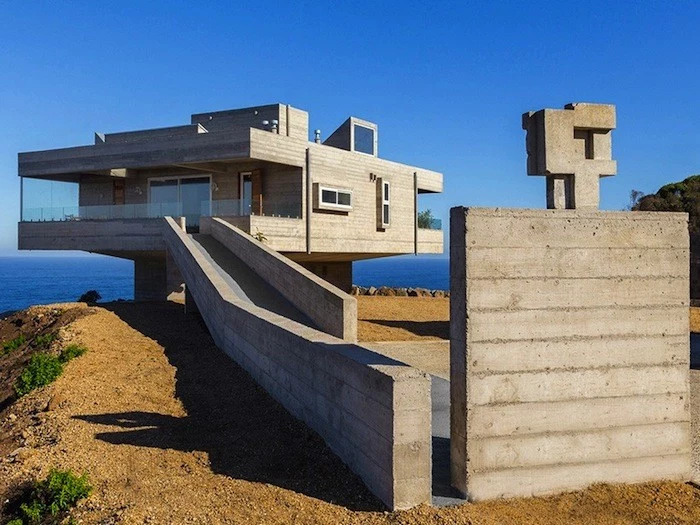
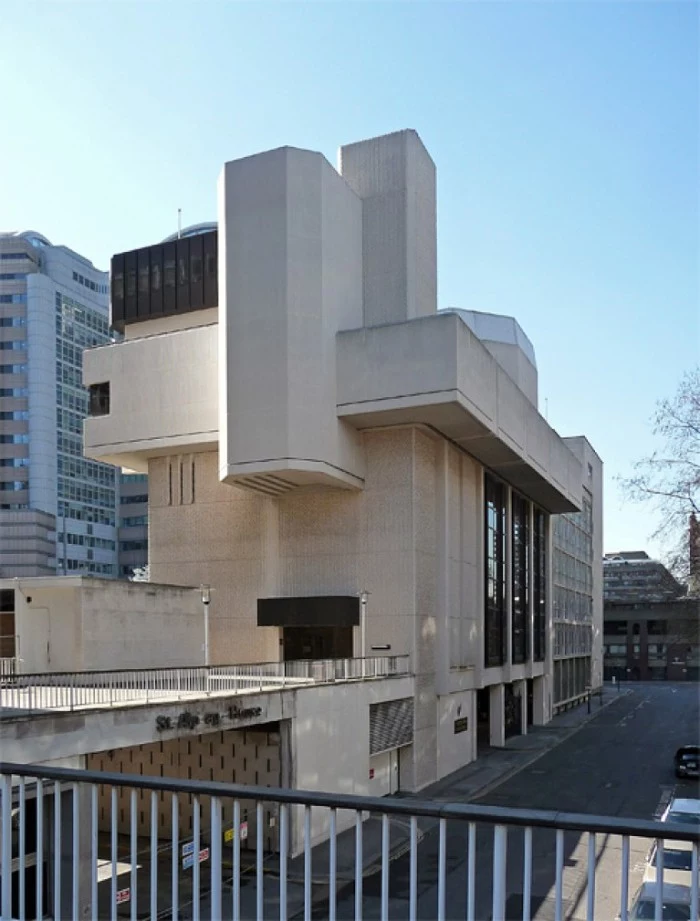

- Lush green vines cascading down concrete walls.
- Sun-drenched interior courtyards that act as social hubs.
- Buildings raised on massive pilotis (piers) to create shaded public space below.
The secret? You’re looking at Tropical Brutalism. Architects in hot climates like Brazil, India, and Sri Lanka adapted the style to its environment, using concrete’s mass to create shade and ventilation, proving the style can be deeply connected to nature.
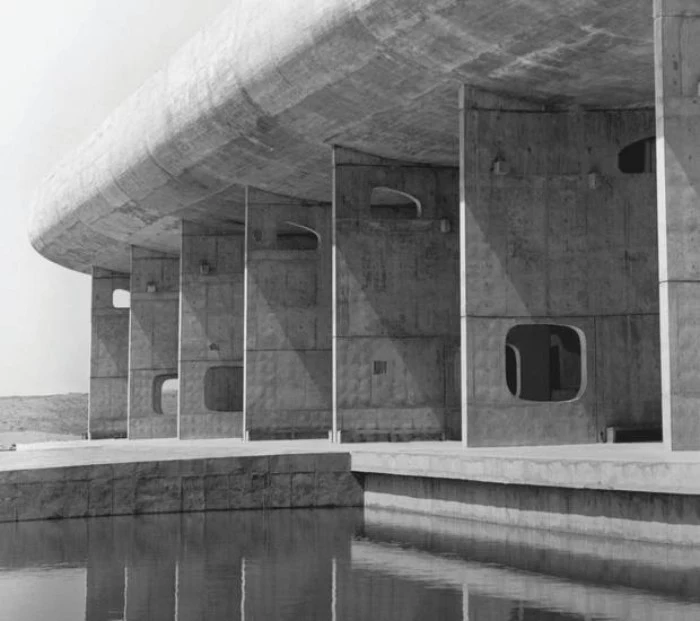
The Challenge of Preservation: Why are so many of these buildings at risk? Beyond public opinion, the materials themselves pose a challenge. Early concrete mixes were not always stable, and exposing rebar to the elements leads to decay. The cost of specialized restoration is often far higher than for a traditional brick or stone building, making demolition an easier, though less sustainable, choice for developers.

